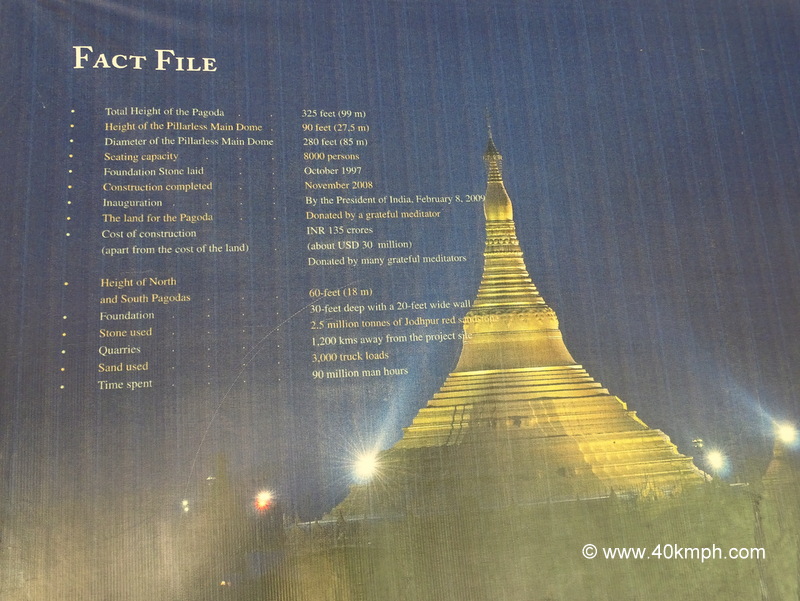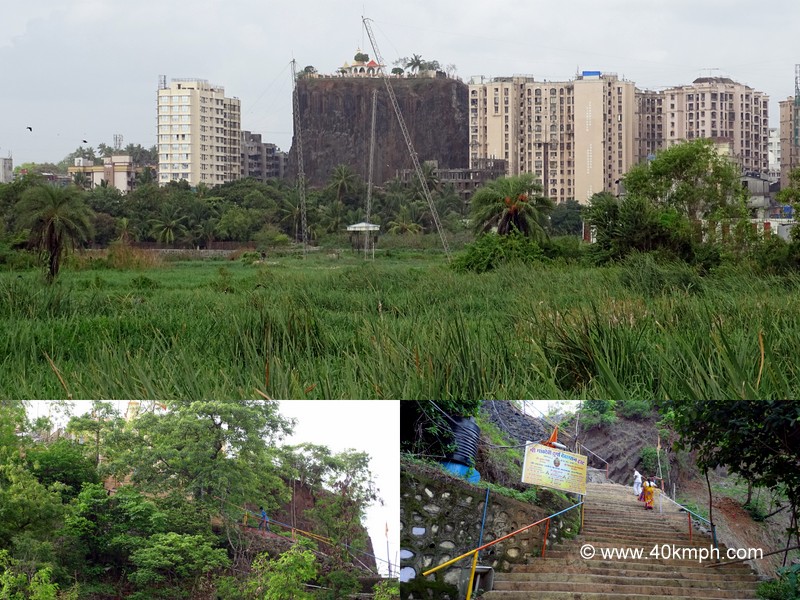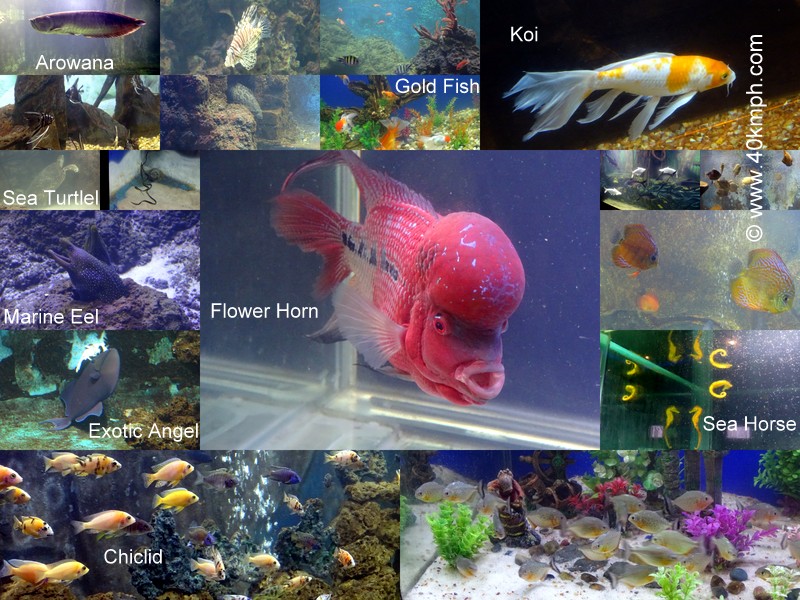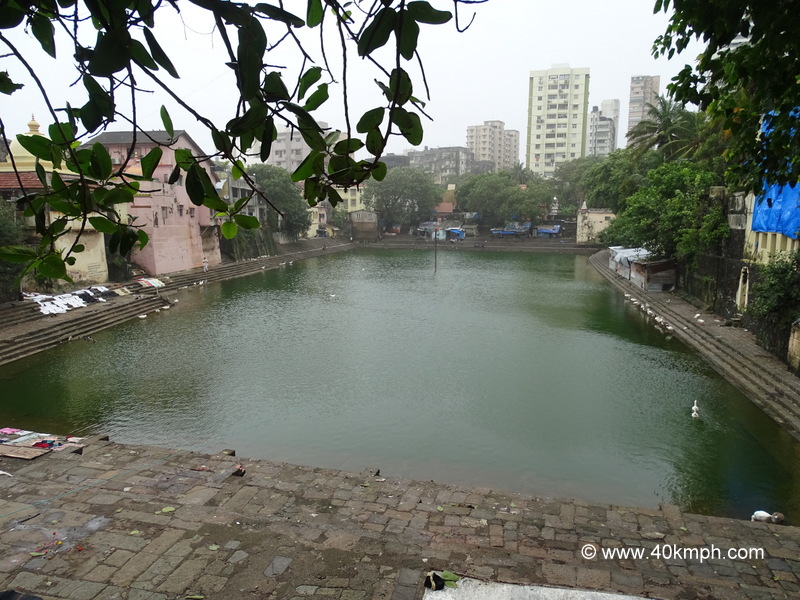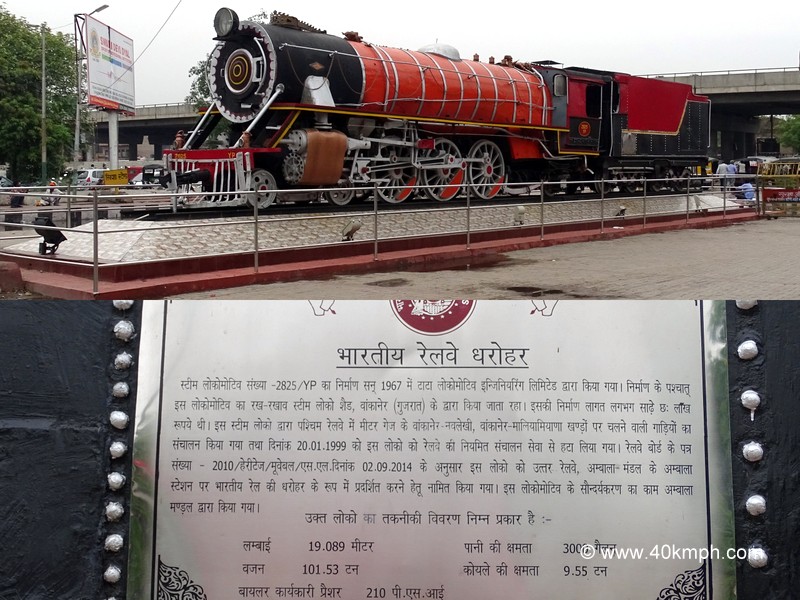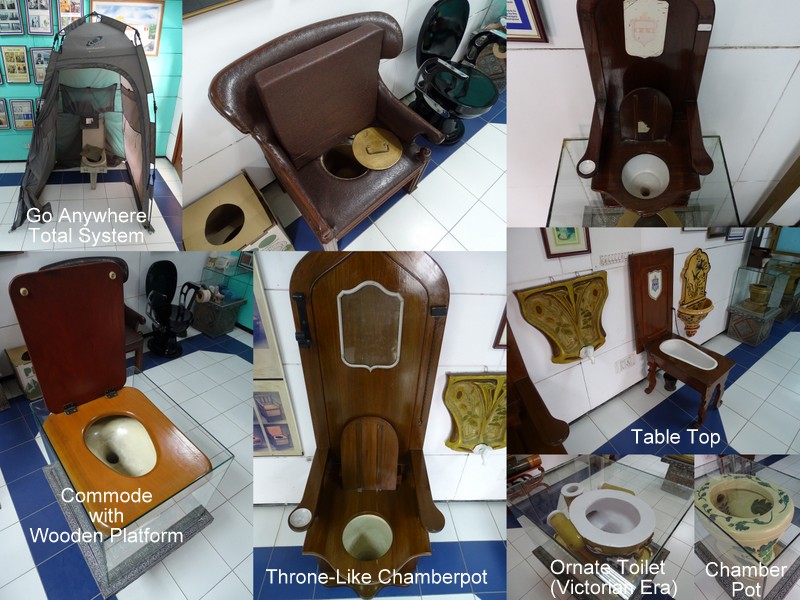This was my first visit to the Taraporevala Aquarium though I have visited an aquarium at Mount Abu (Rajasthan) a few years ago. Taraporevala Aquarium was inaugurated by Dr. Rajendra Prasad, President of India on the 27th of May 1951. Recently, more than 20 crores have been spent on renovation.
A 64-year-old oceanarium is a good enough reason to visit. In short: Country’s oldest aquarium.
The nearest local railway station is Charni Road. The aquarium is situated on Marine Drive – the west side of Charni Road. Just 5 minutes walking distance from the station towards the left side. B.E.S.T. bus numbers 108 and 123 also stop at the aquarium.
Once I reach during the afternoon hours I was amazed by the people present. It was a crowd though it was not Saturday or Sunday. Two ticket counters were open and all with a long queue. Interesting to watch so many people like to visit the Taraporewala Aquarium. The ticket counter is on the left side.
Rs. 60 is the ticket cost for Adults (Indian) and for photography I had to think twice, then I decided for once I may pay. Rs. 500 is for mobile photography, but as I do not have a good mobile for photography I paid for digital camera photography and the cost is Rs. 1000/-. Total amount I paid – 1060 rupees. If one is having DSLR camera then the amount is Rs. 5000 and for video professional cameras – Rs. 10,000. It is costly for sure. One time visit and the experience is required – I said to myself. For the camera, they provide you a hand band that is a sign you have paid for the camera which one has to tie around the wrist. It was re-checked by the security guard. They are very strict conveying to everybody in advance do not use a mobile/camera if one is not having a ticket. Rs. 2000 is the penalty charge if caught and equipment will be seized too. Inside the aquarium, I was the only person using the camera for photography. Few others were using mobile cameras.
To enter, one has to cross a small marine tunnel which creates excitement about the aquarium. The building also is creative showing dolphins, sea horse, and jellyfish. An interesting painting to convey the message it is an aquarium. Inside the aquarium, there are tanks one after another displaying various water species. Above each tank, there is LCD screen displaying the photos of each species present in the tank and information about it in Hindi, Marathi, and English languages.
There are so many beautiful fishes and turtles in the aquarium such as Arowana, Chiclid, Giant Gourami, Catfish, Alligator fish, Sea Horse, Red Tail, Upside Down, Asiatic Catfish, Oscar fish, Rohu, Catla, Mrigal, Lizard, Frog, Sea Turtle, Shark, Butterflyfish, Exotic Angel, Undulated Trigger, Bluetooth Trigger, Picasso Trigger, Clown Trigger, Marine Eel, Ribbon Eel, Dwarf Lionfish, Grouper, Koi, Goldfish, Flower Horn, Red Belly Piranha and many many more..
There are fishes that are found originally in India, Bangladesh, Myanmar, South America, Africa, Australia, South East Asia, East Asia, China, Lakshwadeep Island, etc., etc.
Seahorse and Flower Horn – a personal favorite. I have only heard in stories, but today I was watching. It’s different. But the tank for a very big turtle I find too small. I wish it was much bigger.
Timings: Tuesday to Saturday 10:00 am – 7:00 pm, Sundays and Public holidays 10:00 am to 8:00 pm, Monday Closed
The aquarium was full of people which includes school and college-going students and parents and tourists. After spending about 1 hour, I was thirsty. I had pista doodh at a kiosk situated outside the aquarium. Rs. 25/- I paid.
There are more than 1000 water species, I guess. I thoroughly enjoyed the visit, and I wish you too should visit Taraporevala Aquarium if not visited it till now. It is another world for sure.
Like this:
Like Loading...
